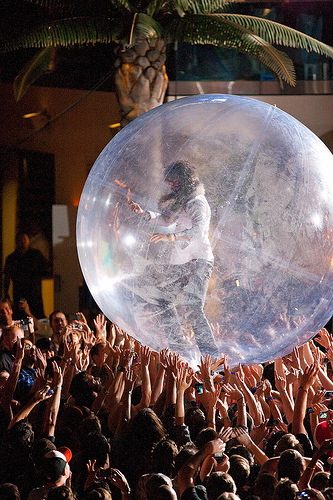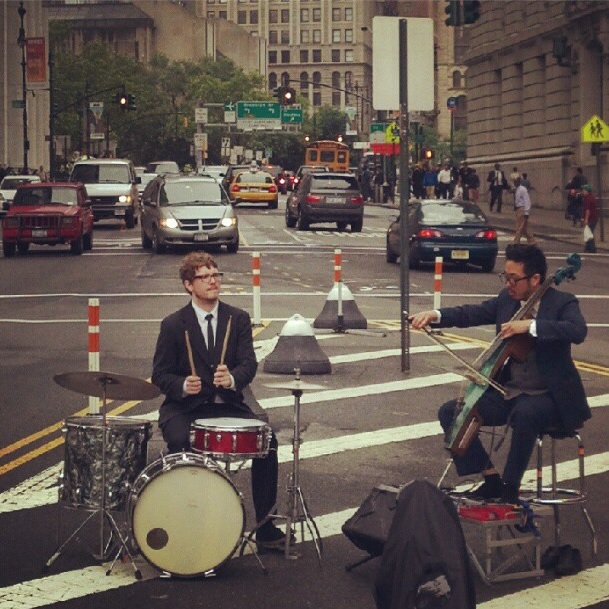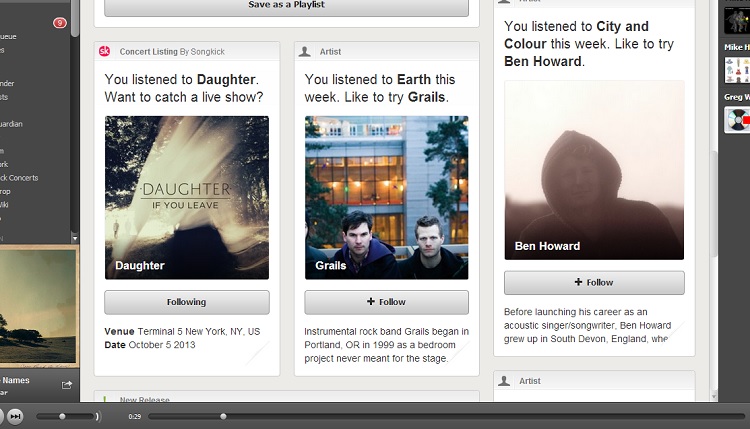
Breaking out of my bubble
(Image Credit: Las Vegas Cosmopolitan)
As some of you may know, for several years I wrote about the other side of music… you know, the side where you just listen and enjoy, rather than try to come up with ingenious ways to encourage others to listen? It was a passion project called Heavier ~ Than ~ Air and it was a whole heap of fun.
Then I lost belief in music blogs/ran out of steam/had my beloved son (delete as applicable) and, well, the only non-marketing music writing I managed was the odd tweet raging against Cowell’s relentless production line of manufactured muppets.
The urge has taken me again more recently, however, and combined with doing a lot more reading around the wider entertainment industry, I thought it could serve as a boost for the content here. I’ve rearranged the organization a little to cover the various sections of entertainment that I anticipate writing about, so you’ll start to see those pieces popping in among the usual marketing advice for creators (and other general rambling). I hope it will add to the evolution of the site as a well-rounded resource for anyone with an interest in the entertainment and creative industries.
If you’re only interested in the business stuff, I’d recommend that you subscribe to my marketing newsletter here. That will contain just the cream of the advice, as well as a few extras to say thank you for allowing me into your inbox.
I’m also open to suggestions on what you’d like to see written about herein… what’s missing from your marketing reads?






.